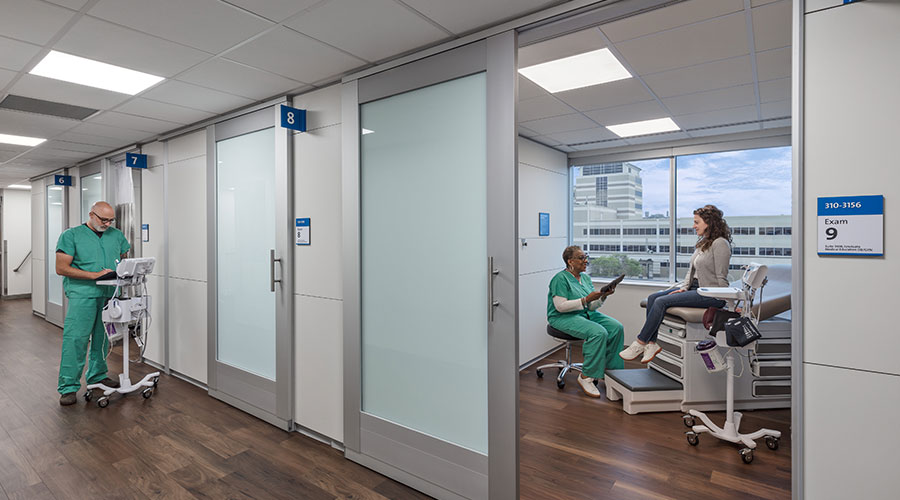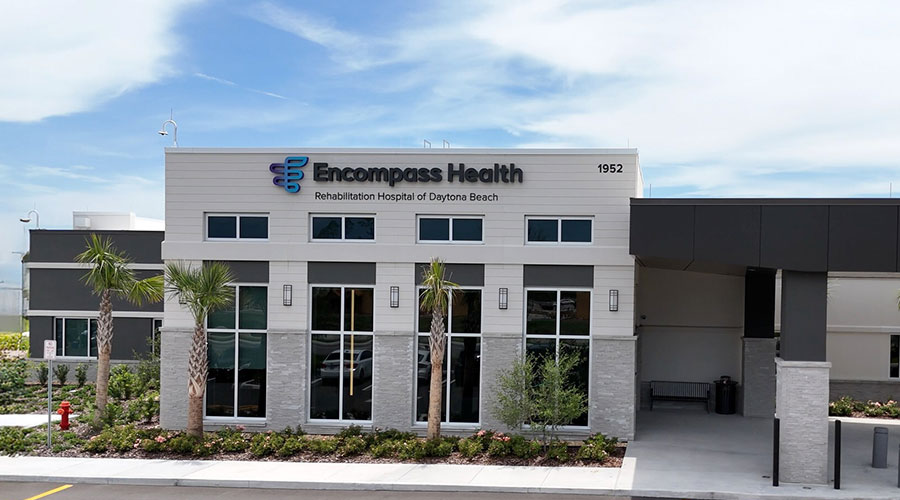Space management is a seldom noticed yet critical responsibility of healthcare facility managers. It can be vexing trying to make sense of optimizing space usage, especially since facility managers cannot be in every room at every moment to monitor their use.
Enter occupancy sensors, devices that detect and even track the usage of a given space. According to Serene Al-Momen, CEO at Attune, occupancy sensors can do this because at a basic level, these sensors count the numbers of people entering and exiting a space. When that collected data is paired with algorithms and software platforms, it can track how many people are in a space at a given time. That gathered occupancy data can give facility managers a bigger picture of overall space usage.
“Having analytics around space performance or space utilization enables active monitoring of space occupancy and usage, leading to utilization calculations that can be used to make decisions around people movement, enable social distancing and free up space that can be re-purposed,” says Brian Estill, portfolio director of healthy buildings and sustainability at Johnson Controls.
These sensors actively collect data as spaces are both in use and not in use, as well as how they are used. This collected data can then inform facility managers on how they can operate the spaces more efficiently. Facility managers do not have to be ever-present in all spaces, as occupancy sensors can act as another tool to monitor these areas.
One common and recognizable form of occupancy sensors is for lighting control. In this case, these sensors detect movement within a space and control the lights based on that movement. Al-Momen adds that this particular form has been around for some time and is primarily used to save energy through controlling when the lights turn on and off. Occupancy sensors are also used to optimize HVAC operations and other functions as well.
“In the past, the distribution of occupancy sensors was to better optimize HVAC operation,” says Al-Momen. “Now, with this additional focus on healthy buildings and such, we need to have more occupancy sensors in place. That is, to cover larger areas and to get more data to figure how to ventilate the facilities better and save energy.”
With that data gathered, spaces can be more efficiently planned out and then used. While the energy efficiency and space optimization aspects seem disparate, they do work hand in hand. Spaces with less use will be seen as such, allowing for facility managers to reduce the amount of energy directed towards them. Thus, leading to less energy consumption overall.
Devices like occupancy sensors and IAQ technologies can be combined to gain a thorough understanding of how a healthcare facility functions. That then leads to a holistic approach for facilities management, as they can know how to best operate their buildings.
Jeff Wardon, Jr. is the assistant editor for the facilities market.

 How Backup Power Needs Vary Across Healthcare Settings
How Backup Power Needs Vary Across Healthcare Settings Flexible Design Strategies Help OhioHealth Maximize Clinical Space
Flexible Design Strategies Help OhioHealth Maximize Clinical Space New Bass Center for Childhood Cancer and Blood Diseases Opens
New Bass Center for Childhood Cancer and Blood Diseases Opens Encompass Health Rehabilitation Hospital of Daytona Beach Opens
Encompass Health Rehabilitation Hospital of Daytona Beach Opens What Healthcare Facilities Can Learn from a $49 Million Window Failure
What Healthcare Facilities Can Learn from a $49 Million Window Failure